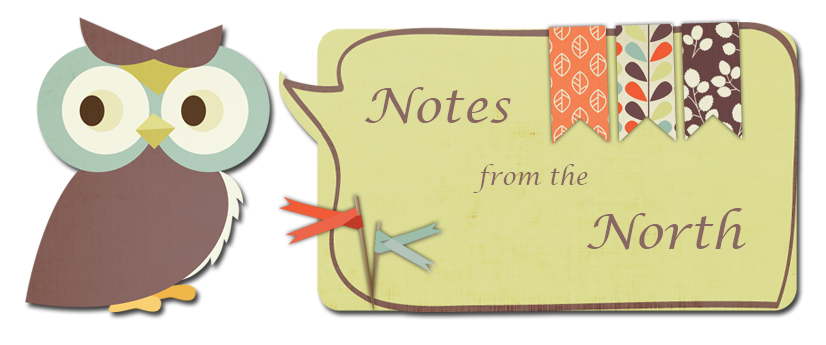
This month I have been listening to
1776 by
David McCullough. When I first discovered
audible.com I was a bit sceptical. I enjoy listening to audiobooks in the car but I don't drive so much now and I couldn't think of a time when I had time to sit down and listen, but I had a free trial so I thought I would give it a whirl. The first book I listened to was Anne of Green Gables by L. M. Mongomery and I found that it was perfect for when I was having breakfast and lunch (on my own) during the week. So this month I listened to 1776.
The American Revolution is not a time period with which I am familiar. I grew up in Sweden and we just did not study it. I have studied American history after the Civil War when I was in the states but the period before...nothing. All the names and places are familiar but to me the American Revolution was summarised like this in my brain: "Washington was the general. The other dudes sat in Philadelphia. The Americans won. Bye bye British! Yeah Declaration of Independence. The End". Yeah, I needed more. Someone suggested that David McCulloughs books were perfect and I have to say they were right.
He finds a good balance between the military history (NOT my thing) and a narrative around the important characters in the war. They are all presented in a sympathetic manner, even King George III. I found the geography easy to follow along in. He to time to explain the distances and the difficulties involved in getting to the different battlefields. I liked how he vowe in personal recollections of those that where there, down to the lowliest soldier. It made it feel like a history of people not just jerking from battlefield to battlefield.
The book was read by the author and for me this added a more personal touch to the readings. You could tell that he knew the material well and was invested in telling it well. I felt like he was reading it to me. Not some far off mass of people who knew about the material already.
I will want to listen to it again because there are bits that I have missed because something happened and I didn't hear it properly or it just didn't make sense. But that is no hardship at all.
It is available from audible.com
1776 by David McCulloughOr as a regular book
 This is a Blåmes or Parus caeruleus a very common bird here. It is mainly found in deciduous forests and in gardens. They are easily recognised by thier blue scalp (which unfortunately I didn't manage to capture with my camera (I didn't want to scare him or her off) ) and the markings around the eyes. Appart from this they look very similar to Talgoxen.
This is a Blåmes or Parus caeruleus a very common bird here. It is mainly found in deciduous forests and in gardens. They are easily recognised by thier blue scalp (which unfortunately I didn't manage to capture with my camera (I didn't want to scare him or her off) ) and the markings around the eyes. Appart from this they look very similar to Talgoxen.
 I was really impressed by how many pictures of this bird I managed to get. Most of them have gotten away from me before I have managed to take their picture but this one stuck around for quite some time.
I was really impressed by how many pictures of this bird I managed to get. Most of them have gotten away from me before I have managed to take their picture but this one stuck around for quite some time.




















